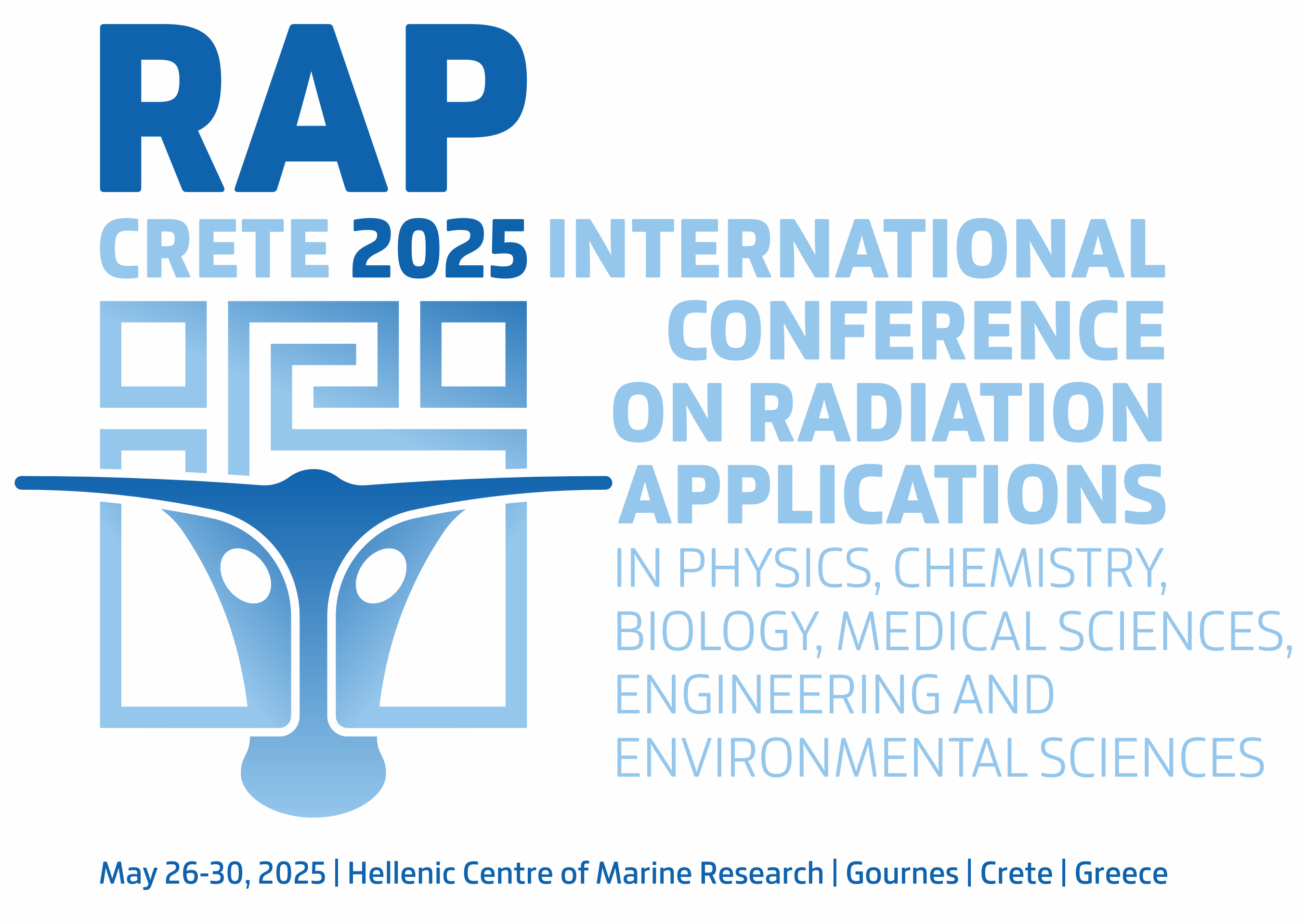Vol. 4, 2019
Material Science
CdZnTe BULK-CRYSTAL GROWTH AND SURFACE PROCESSING TECHNOLOGY AT METU-CGL
Yasin Ergunt, Merve Pinar Kabukcuoglu, Ozden Basar Balbasi, Bengisu Yasar, Yunus Eren Kalay, Mehmet Parlak, Rasit Turan
Pages: 167–171
DOI: 10.37392/RapProc.2019.34
Abstract | References | Full Text (PDF)
The study of Cd1-xZnxTe (Cadmium Zinc Telluride) bulk-crystal growth and surface processing technology at the Middle East Technical University (METU) began in 2012. The initial R&D efforts were started with the growing of CdZnTe ingots up to a size of 15 mm in diameter in a three-zone vertical Bridgman furnace located in a limited laboratory area of 15 m2. Following promising development in terms of single crystal yield and the crystal growth process, a new vertical gradient freeze (VGF) multi-zone furnace setup was designed and developed to accommodate the production of 60 mm diameter CdZnTe ingots. The entire furnace setup is located in a newly founded 90 m2 laboratory named the METU Crystal Growth Laboratory (METU-CGL) in 2013. The laboratory is fully dedicated to the CdZnTe material growth and surface processing technology. Currently, METU-CGL is capable of producing 60 mm diameter CdZnTe ingots with one large grain and a few small grains. CdZnTe material is continuously grown in order to serve as either a substrate material (Cd0.96Zn0.04Te) for infrared detectors or an active material (Cd0.90Zn0.10Te) for X-ray/Gamma-ray detectors. As a typical yield, 2-3 oriented wafers per radial slice are retrieved from the grown ingots. The target wafer dimensions are 20 mm x 20 mm; however, larger or smaller crystals can be obtained based on the application of interest. The crystalline quality of the produced crystals is way below 50 arcsec of FWHM (Full width at half maximum) values from the DCRC (Double crystal rocking curves) measurements and the EPD (Etch-pit density) values are typically mid-104/cm2. Infrared (IR) transmission of the home-grown CdZnTe crystals is exceeding 60% and stays constant within 2-20 µm wavelength interval showing that the crystals have low density of inclusions and precipitates. Not only limited to CdZnTe bulk growth technology, the METU-CGL is also capable of slicing and surface processing technologies including optimized lapping, rough mechanical polishing, and performing final chemo-mechanical polishing steps with extreme care regarding surface roughness and subsurface damage. Achievable surface roughness values of produced wafers are well below 0.5 nm (Rrms). Various state-of-the-art characterization techniques including HRTEM (High-resolution transmission electron microscopy) and APT (Atom probe tomography) were conducted to study nanoscale defects in CdZnTe as a material property. This paper reviews many aspects of CdZnTe bulk-growth, surface finishing, and characterization technologies at METU-CGL as well as the laboratory infrastructure itself.
- C. Szeles, “CdZnTe and CdTe materials for X-ray and gamma ray radiation detector applications,” Phys. Status Solidi, vol. 241, no. 3, pp. 783 – 790, Mar. 2004.
DOI: 10.1002/pssb.200304296 - O. Limousine, “New trends in CdTe and CdZnTe detectors for X- and gamma-ray applications,” Nucl. Instrum. Methods Phys. Res. Sec. A, vol. 504, no. 1 – 3, pp. 24 – 37, May 2003.
DOI: 10.1016/S0168-9002(03)00745-9 - Y. Eisen, A. Shor, “CdTe and CdZnTe materials for room-temperature X-ray and gamma ray detectors,” J. Cryst. Growth, vol. 184 - 185, pp. 1302 - 1312, Feb. 1998.
DOI: 10.1016/S0022-0248(98)80270-4 - P. Capper, A. W. Brinkman, “Growth of CdTe, CdZnTe and CdTeSe by bulk methods,” in Properties of narrow Gap Cadmium-Based Compounds, P. Capper, Eds., London, UK: INSPEC, 1994., ch. B1.1, pp. 369 - 379.
Retrieved from: http://bookfi.net/dl/1507963/37a1c1
Retrieved on: Jul. 15, 2019 - J. MacKenzie, F. J. Kumar, H. Chen, “Advancements in THM-Grown CdZnTe for Use as substrates for HgCdTe,” J. Electron. Mater., vol.42, no. 11, pp. 3129 – 3132, Nov. 2013.
DOI: 10.1007/s11664-013-2681-1 - A. Noda, H. Kurita, R. Hirano, “Bulk Growth of CdZnTe/CdTe Crystals,” in Mercury Cadmium Telluride: Growth, Properties, and Applications, P. Capper, J. W. Garland, Eds., 1st ed., Chichester, UK: Wiley, 2011., ch. 2, pp. 21 - 50.
Retrieved from: http://bookfi.net/dl/1134035/734ccb
Retrieved on: Jul. 15, 2019 - B. Yasar et al., “HRTEM Analysis of Crystallographic Defects in CdZnTe Single Crystal,” J. Electron. Mater., vol. 47, no. 1, pp. 778 – 784, Jan. 2018.
DOI: 10.1007/s11664-017-5836-7


